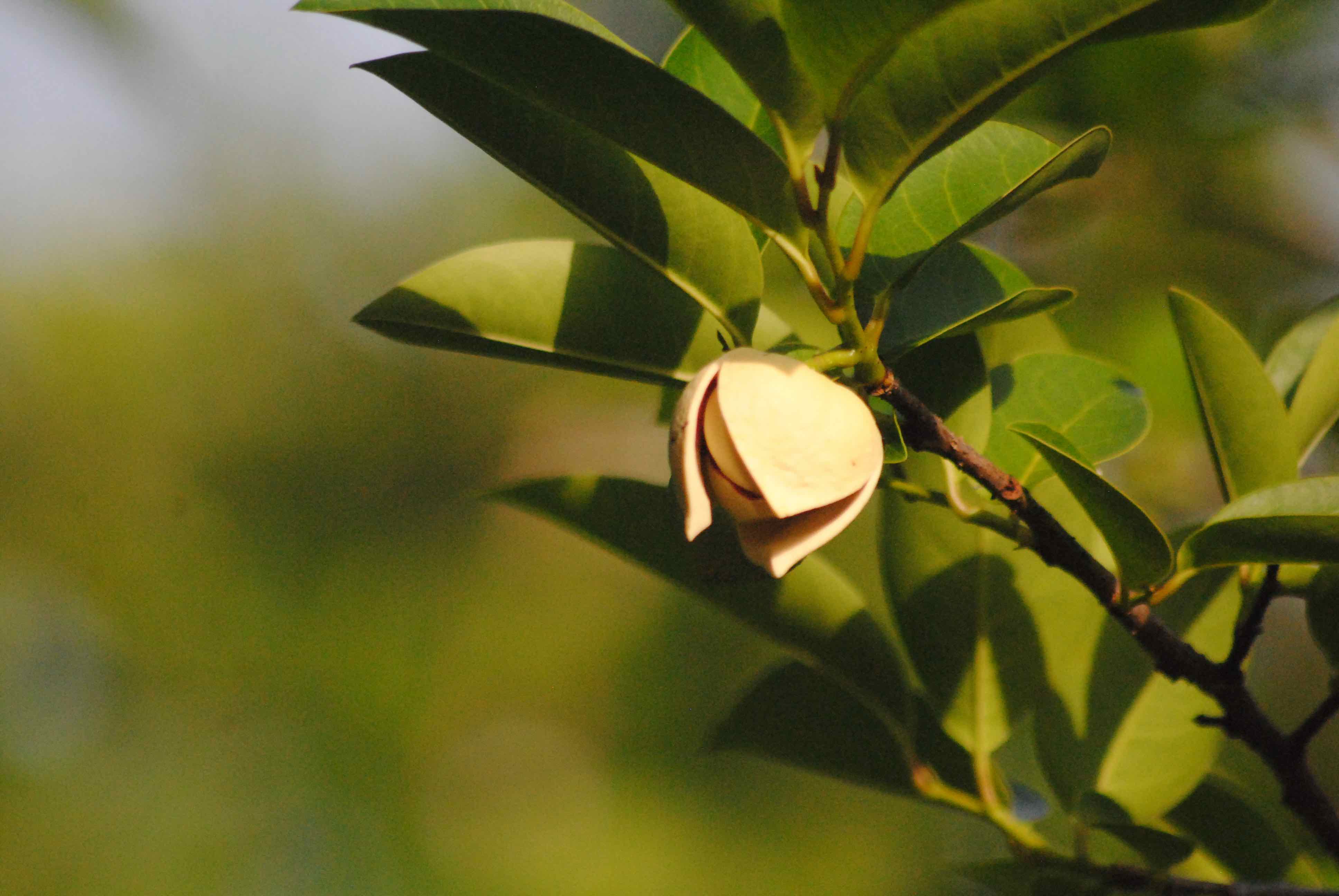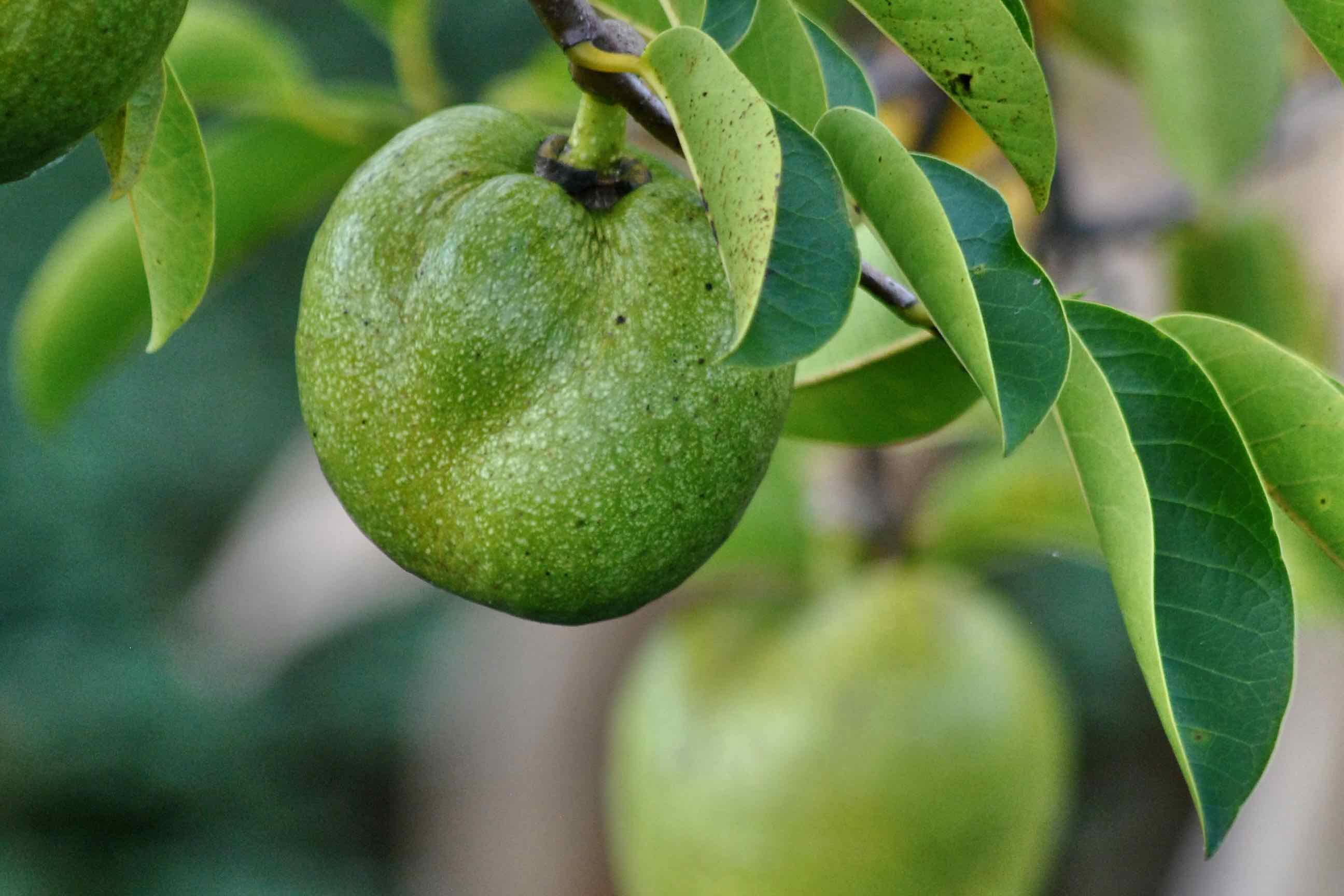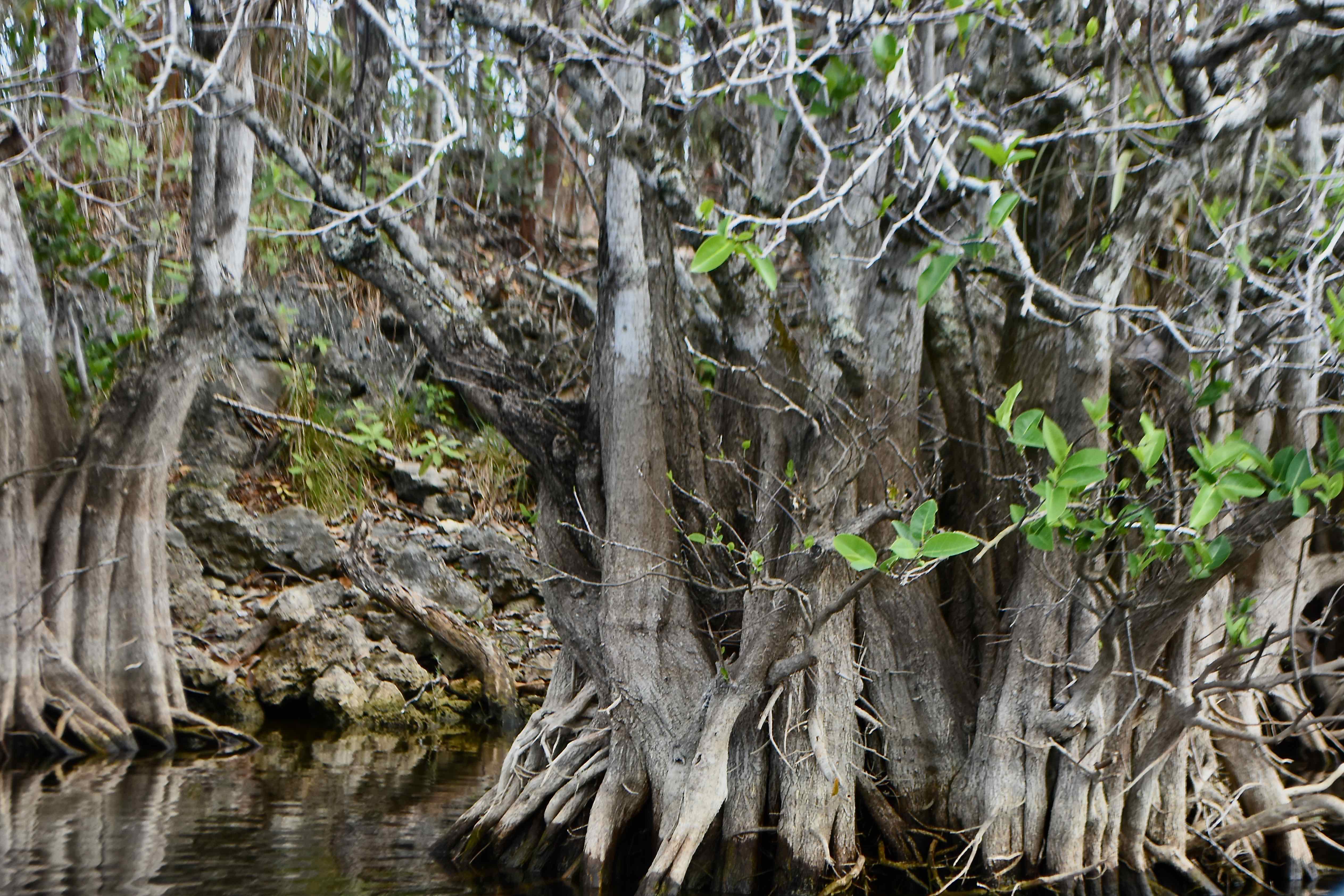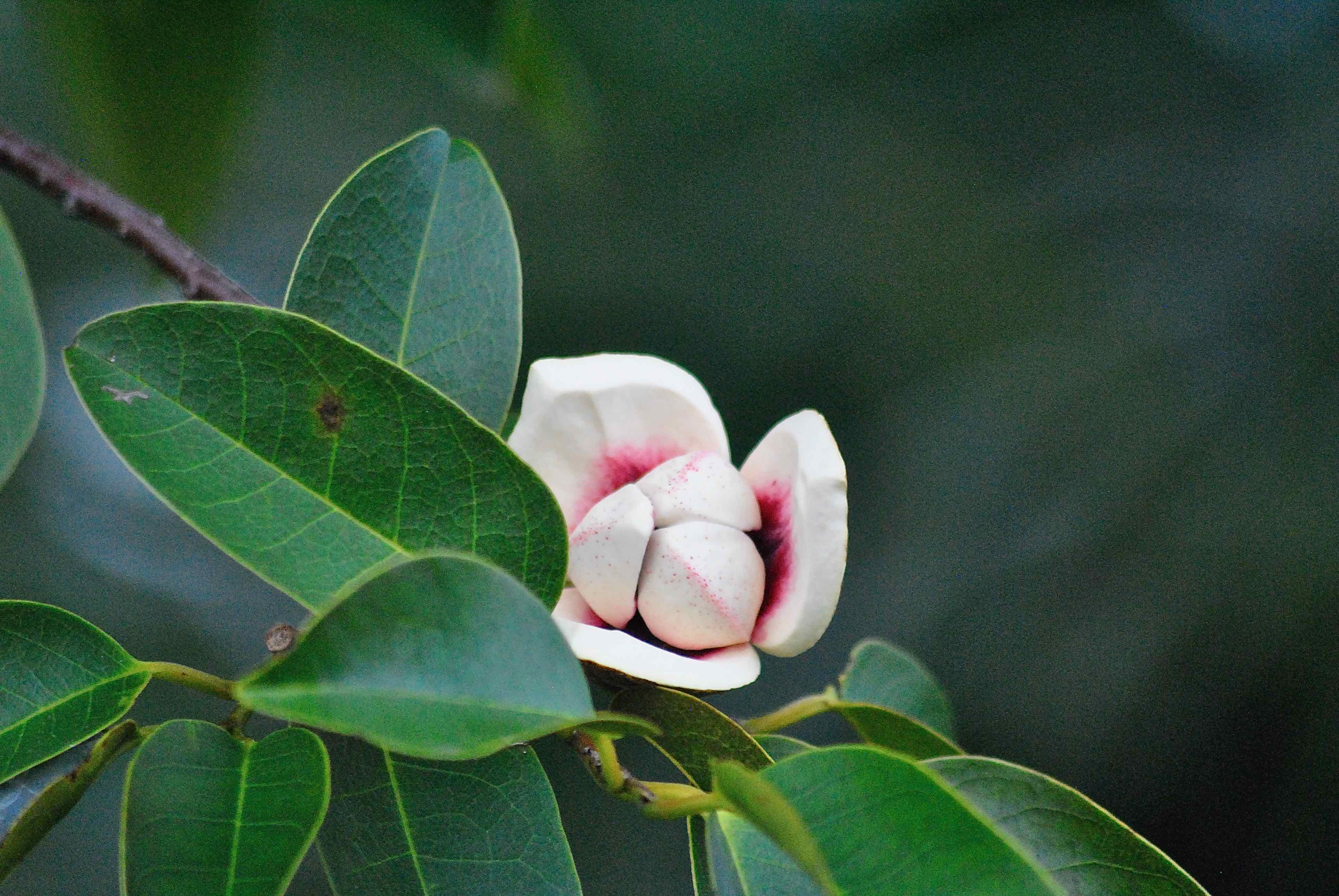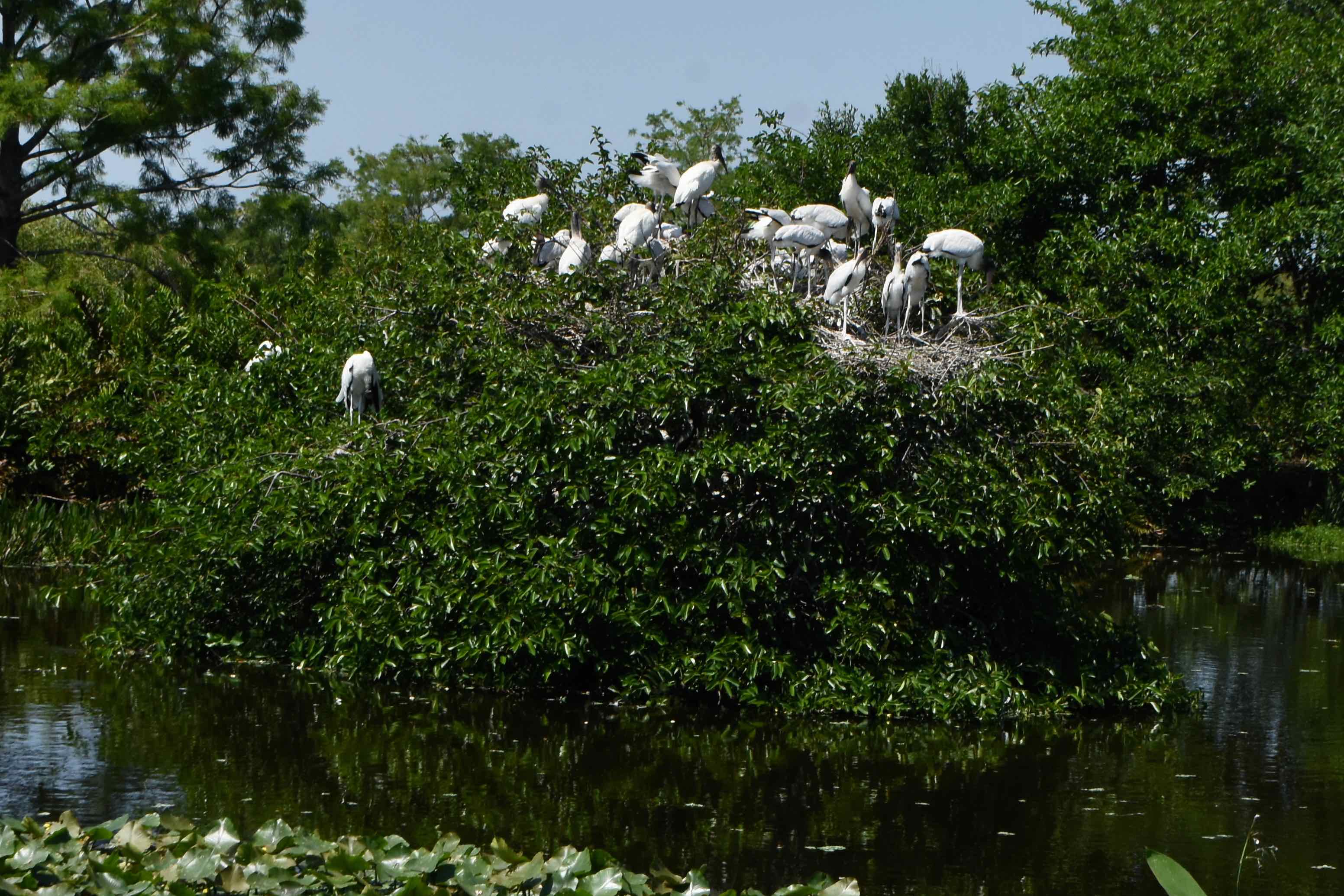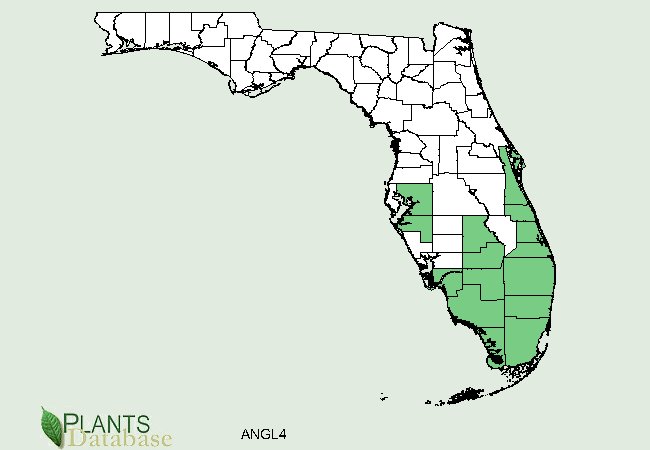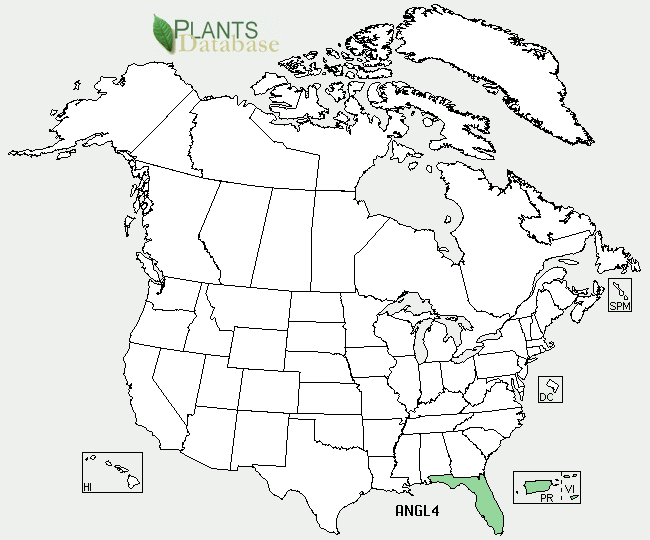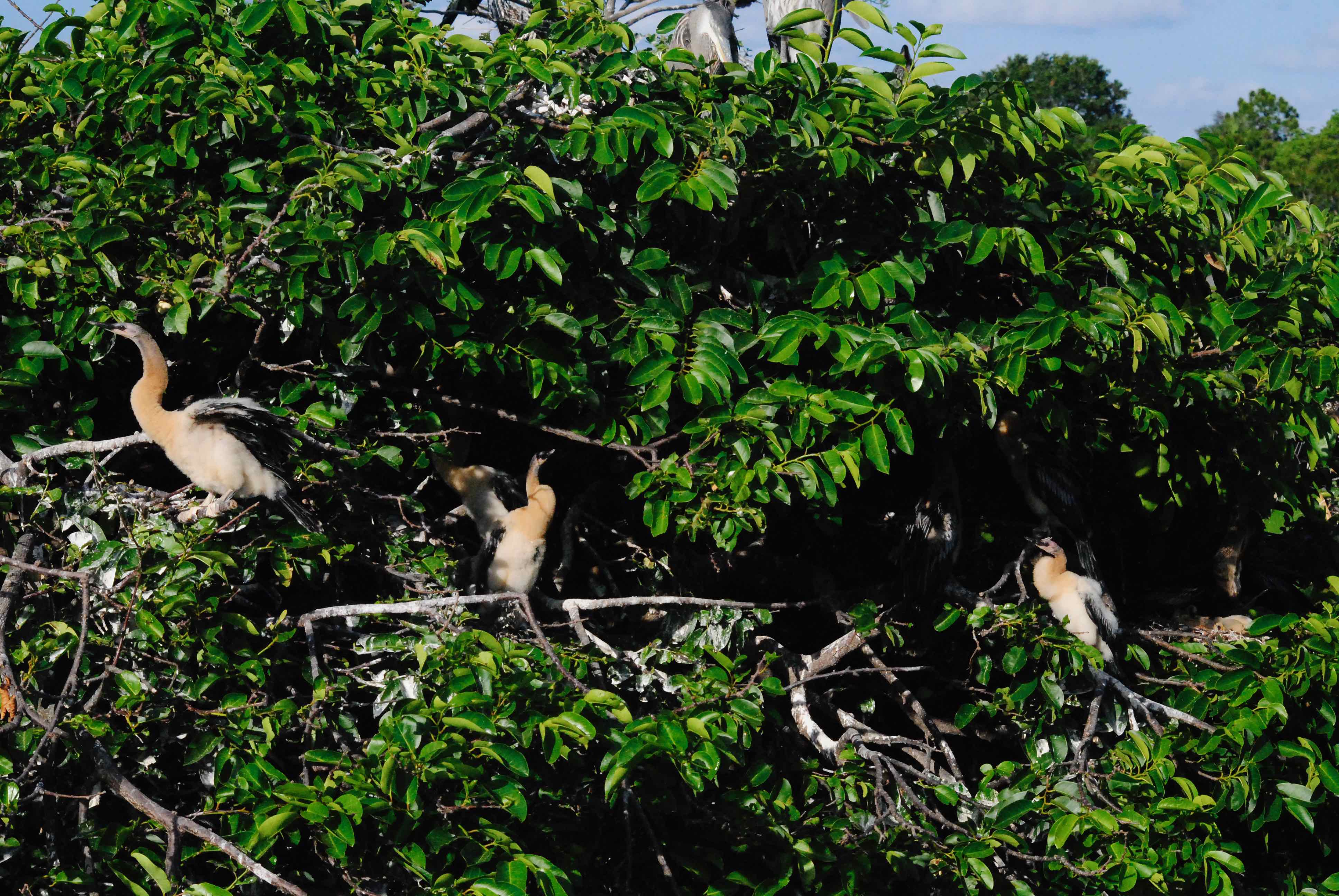
Pond apple, photographed at Wakodahatchee Wetlands, Delray Beach, Palm Beach County, in May 2014.
Pond apple, Annona glabra, is one of those iconic South Florida natives. It just says Everglades. It’s important as food for wildlife and as habitat for birds and other animals.
Pond Apple goes by a variety of names, including alligator apple and monkey apple. It’s native to Florida, the Caribbean, Central and South America and West Africa (most likely naturally colonized by seeds that drifted across the Atlantic). It has been imported to Australia, where it is now considered an invasive menace because it chokes out native melaleuca. The irony is that we've imported melaleuca from Australia, and it's become an invasive nightmare here. Pond apple is also a problem in Fiji and Sri Lanka.
It needs wet soil; it will grow in clumps, essentially forming islands where birds can roost and breed in relative safety, free of predators like raccoons. Their presence in abundance at Wakodahatchee Wetlands in Delray Beach, shown above and bottom right, have made the preserve an important rookery (nesting spot) for at least a half-dozen species of birds, including anhingas (above) and wood storks (below).
Once upon a time, there was a huge forest of pond apple trees around the southern end of Lake Okeechobee, but man-made changes in drainage patterns and the introduction of agriculture, doomed it. The largest remaining concentration of pond apples is now in Everglades National Park, but the species plays a vital role in Everglades restoration plans, which extend well beyond the confines of the park. In 2011, the South Florida Water Management District planted 6,000 cypress, maple and pond apple trees throughout the region, including a remnant of that ancient pond apple forest south of Lake O.
Pond Apple does not tolerate cold weather, and grows no farther north than Brevard County on Florida's east coast and Manatee on the west.
The fruit is edible, though its culinary value is debatable. Native Americans made jelly from it, but others say the fruit is bitter. It is a member of Annonaceae, or custard-apple, family, and a cousin to pawpaws (netted and four-petal) found here in dryer habitats.
It is a single-trunk tree that normally grows to 20 to 40 feet tall, but can approach 50 feet in South Florida. A number of trees can grow as a cluster, giving it a shrubby appearance. It can also grow in conjunction with pond or bald cypress trees. Like cypress trees, its trunk is "buttressed" at the base (photo at bottom left) to give it greater strength in wet soils.
Pond apple is deciduous, or semi-deciduous, meaning it drops all or most of its leaves in winter. In the spring, new growth emerges, as do its large, creamy-yellow blossoms that open at night, hoping to attract a beetle or two looking to do a little pollinating. Those blossoms in turn produce a green fruit similar in size, shape and color to an unripened apple. It is the largest fruit of any Florida native plant. When ripe — yellow-green to yellow in color — come fall and winter, they become a favorite food for birds, raccoons, squirrels, turtles and yes, even alligators. The flesh of the fruit is a kind of a creamsicle orange; the seeds inside — more than 100 of them per — are poisonous, and have been used to kill fish. They're also insecticidal, as are the leaves — which, according to the University of Florida extension folks, have been used in chicken coops to kill lice.
The leaves are oval to elliptical in shape, three to five inches long, simple and arranged alternately along the stem. They're leathery in texture, bright green above, pale green underneath. Pond apple is a host plant for the giant sphinx moth (which happens to be a pollinator for ghost orchids).
Pond apple is used in landscaping, but it has two major drawbacks — the need for wet soil limits where it can be planted, and the fruit, when it drops can be a bit of a mess. However, pond apple can be used similarly to cypress trees and red maples, which also need wet feet to survive, according to UF. On the plus side, it can withstand saltwater
Pond apple is used in the orchard business as grafting stock for some of its better-tasting cousins, including custard apple and soursop. That's how it became an export beyond its natural range to places like Australia.
The Miccosukee used pond apple as a food, but also to make lye and used the wood to make spoons. The wood also was used to make fishing floats because of its light weight. In Guayana, a tea is made from the leaves and used to treat flatworms and nematodes. In parts of its range, the seeds have been crushed and boiled and used externally to get rid of lice.
Click on photo for larger image
U.S. Department of Agriculture Distribution Maps

Links for Pond Apple

